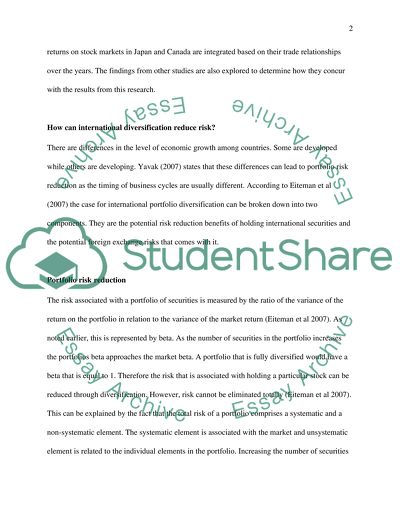Cite this document
(“International Portfolio Diversification Essay Example | Topics and Well Written Essays - 2750 words”, n.d.)
Retrieved de https://studentshare.org/finance-accounting/1390581-international-portfolio-diversification
Retrieved de https://studentshare.org/finance-accounting/1390581-international-portfolio-diversification
(International Portfolio Diversification Essay Example | Topics and Well Written Essays - 2750 Words)
https://studentshare.org/finance-accounting/1390581-international-portfolio-diversification.
https://studentshare.org/finance-accounting/1390581-international-portfolio-diversification.
“International Portfolio Diversification Essay Example | Topics and Well Written Essays - 2750 Words”, n.d. https://studentshare.org/finance-accounting/1390581-international-portfolio-diversification.


